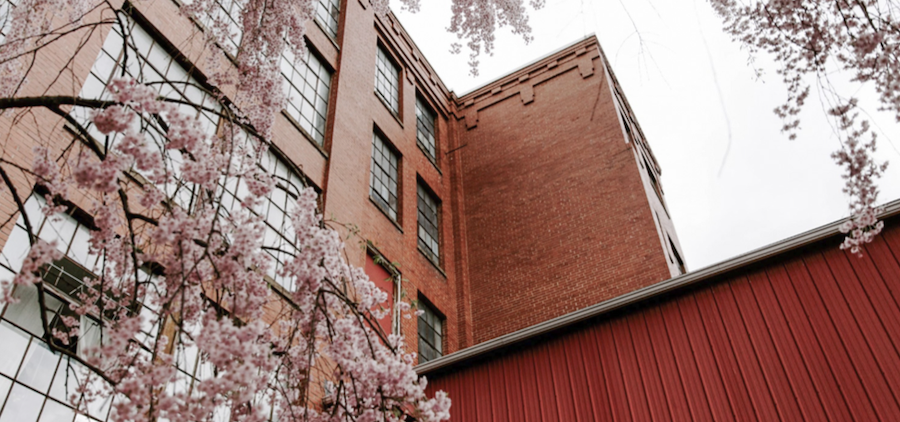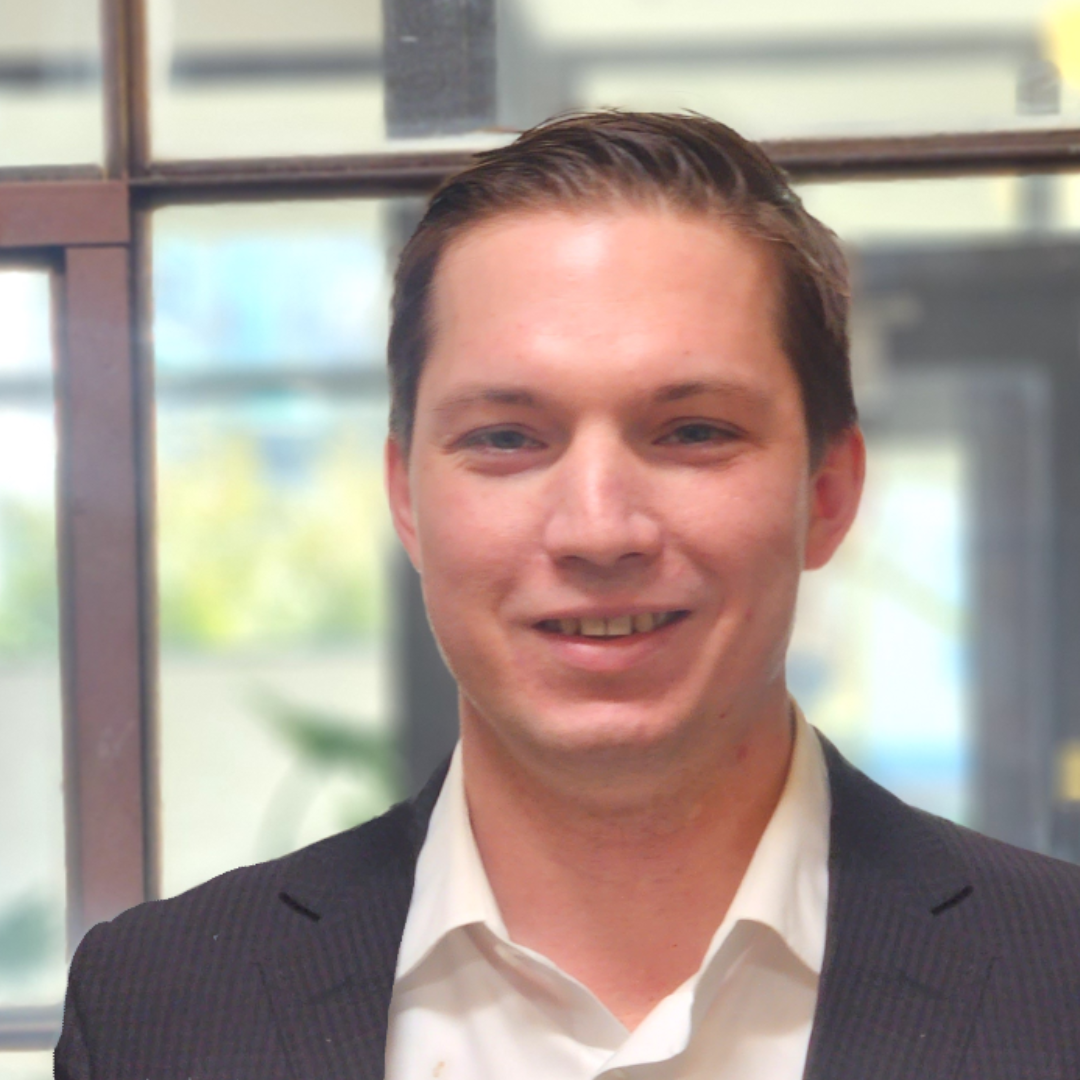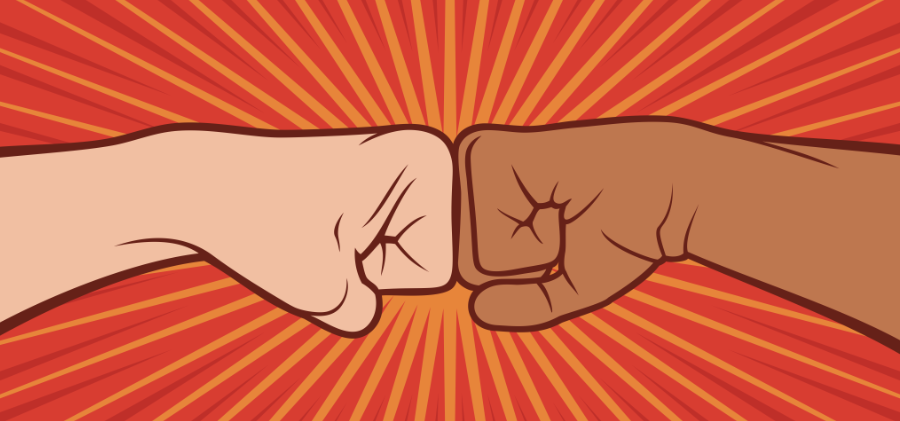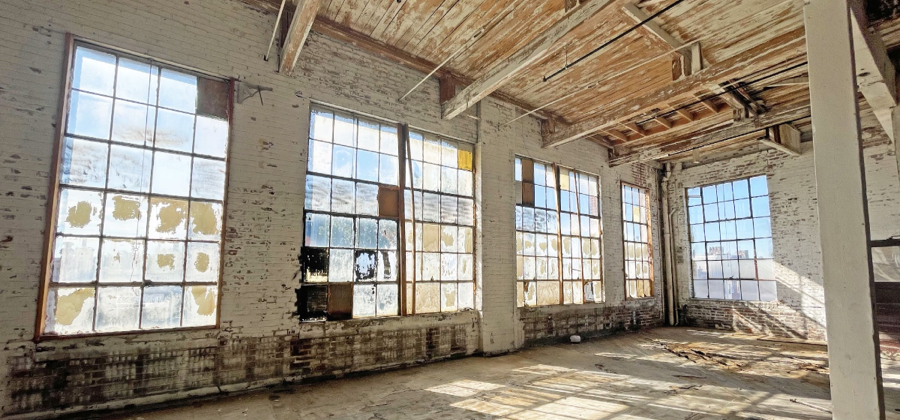
$1,000 + Pajama Factory merch + an Invitation to a private rooftop party
$2,500 + stay a night in one of our AirBNB lofts + all the perks above
$5,000 + a free workshop in the woodshop, clay studio, darkroom, or Bicycle recycle shop + all the perks above
$10,000 + stay two nights in one of our AirBNB lofts + take a 10% discount on the purchase price of a condominium unit + all the perks above
$25,000 + take an additional 5% discount on the purchase price of a condominium unit + all the perks above!
Mark and Suzanne Winkelman are building a creative community in an historical and once defunct warehouse in Williamsburg, Pennsylvania. They are shaping the lofty 300,000 square feet of space into artist studios, residential lofts and artist resources with the goal of a creating thriving creative community. With 60% occupied, they have their sights set on the next phase, this one to include condominium lofts for sale.
They’re looking for investors, small and big alike, just like you, on Small Change.co. And they’re offering some perks as well!
This is not a solicitation of an offer to buy or sell any securities. All investing is risky and involves the risk of total loss as well as liquidity risk. Past returns do not guarantee future returns. If you are interested in investing, please visit Small Change to obtain the relevant offering documents.
Image courtesy of Pajama Factory




